The plan is to replace the parallel port interface on the stepper driver with a microcontroller running GRBL. The mill can than be run from a USB interface on any computer rather than a increasingly rare parallel port. Also planned are some incremental upgrades to the hardware on the mill, such as spindle control, and a flood coolant system.
Servicing and Upgrading a Harbor Freight Mini Mill
Years ago, I converted a Harbor Freight mini mill to a CNC using a CNCFusion kit and stepper controllers from HobbyCNC. Time to fix it!
 Evan Li
Evan Li

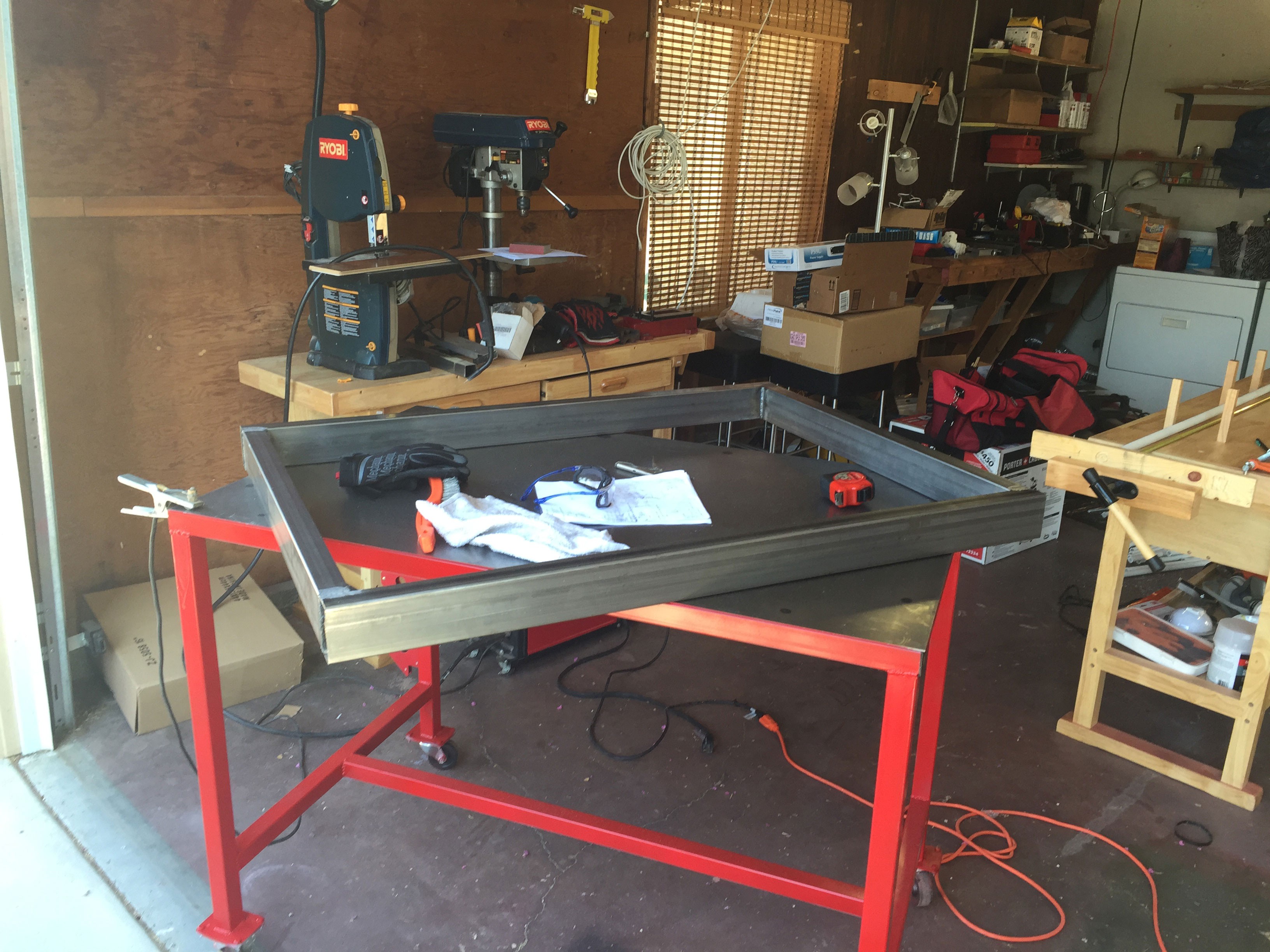

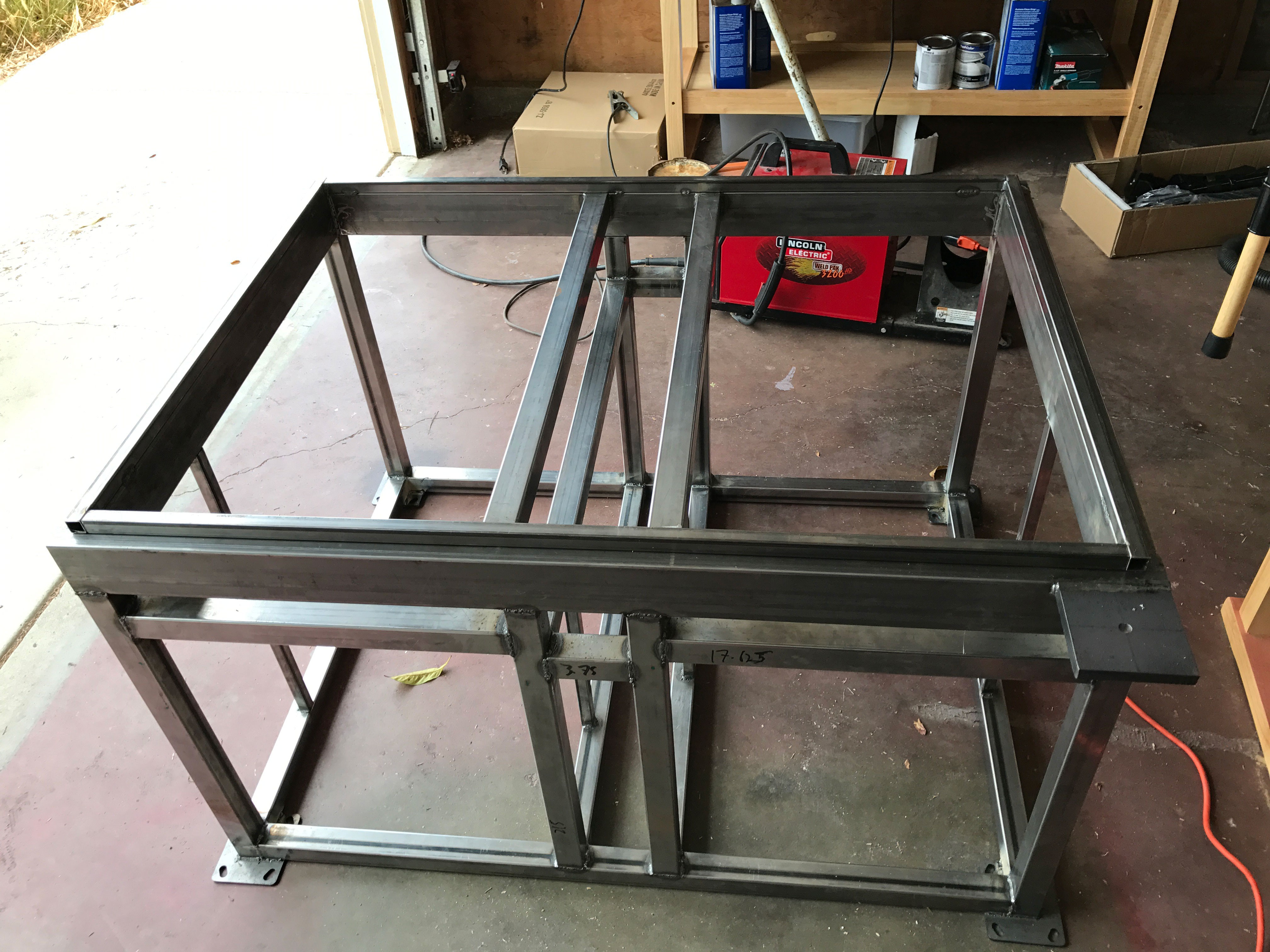

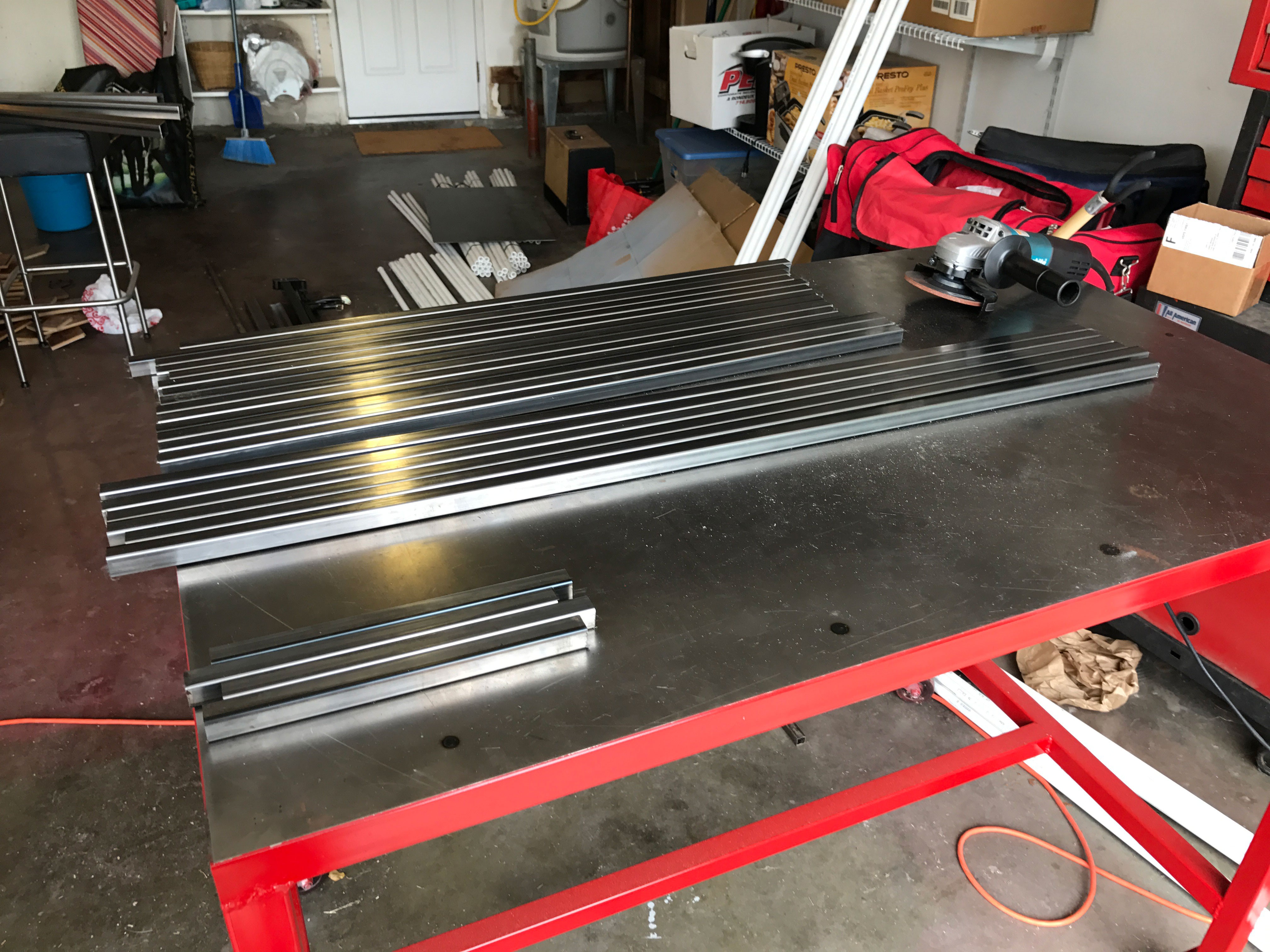
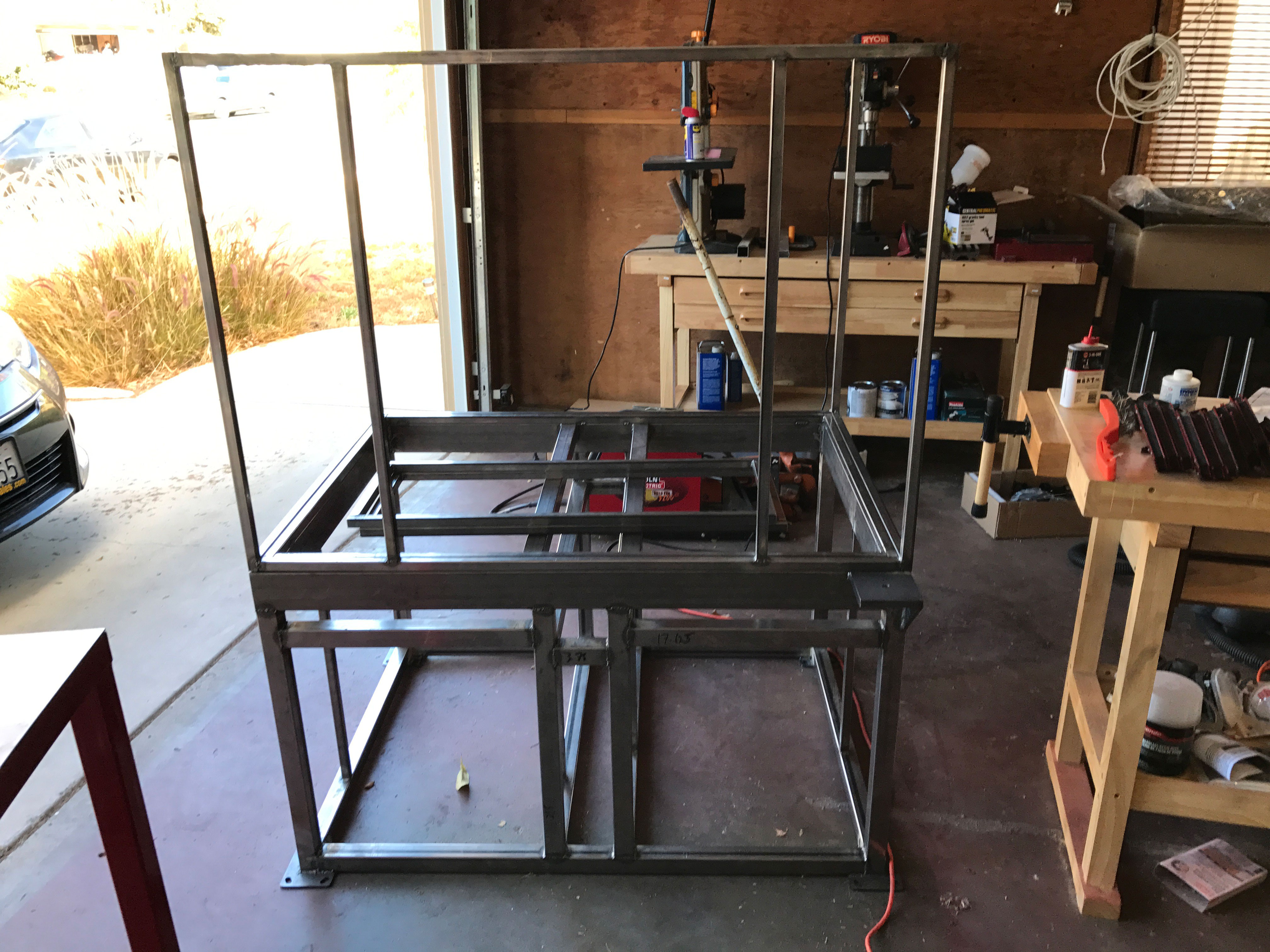
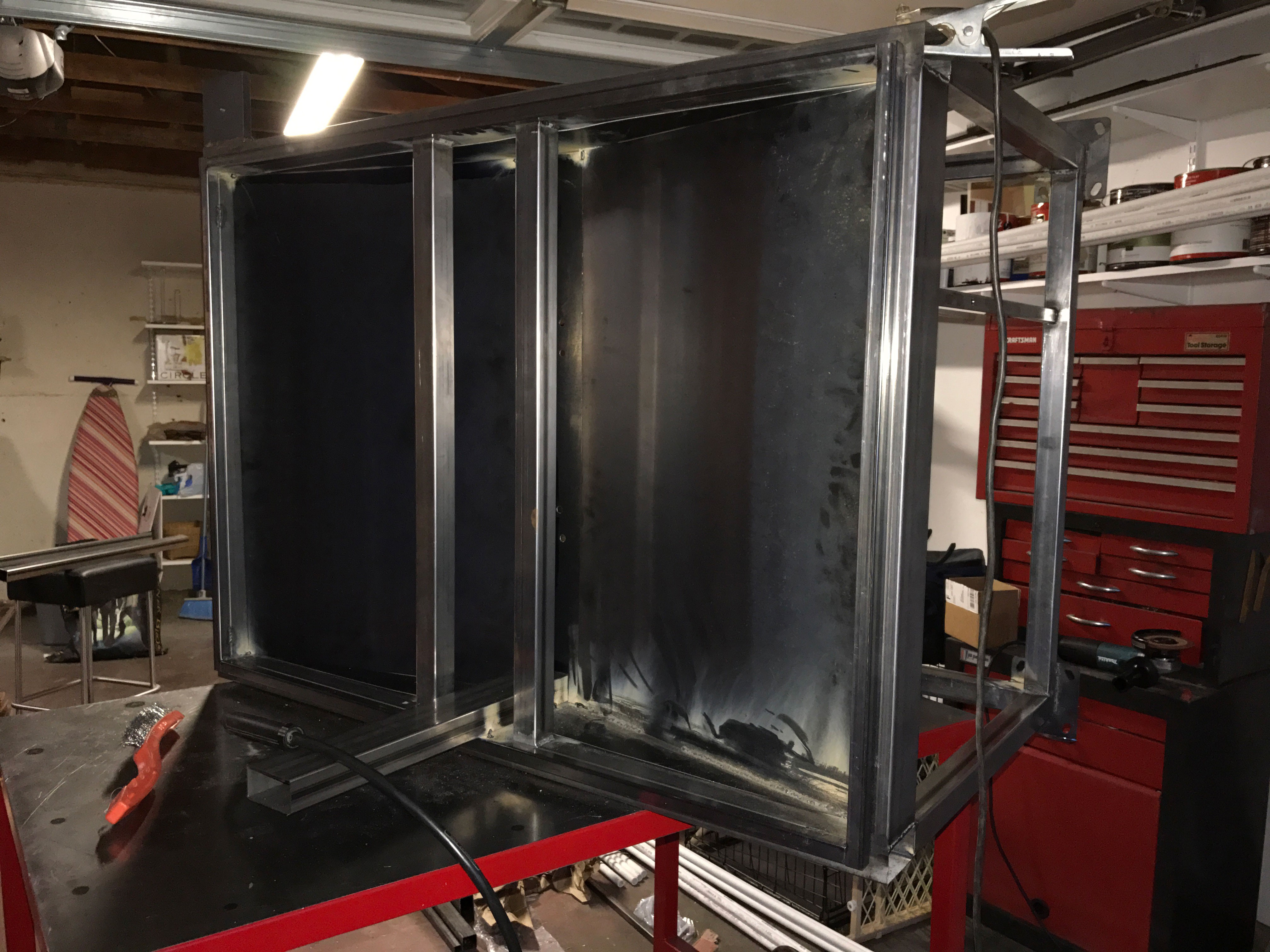

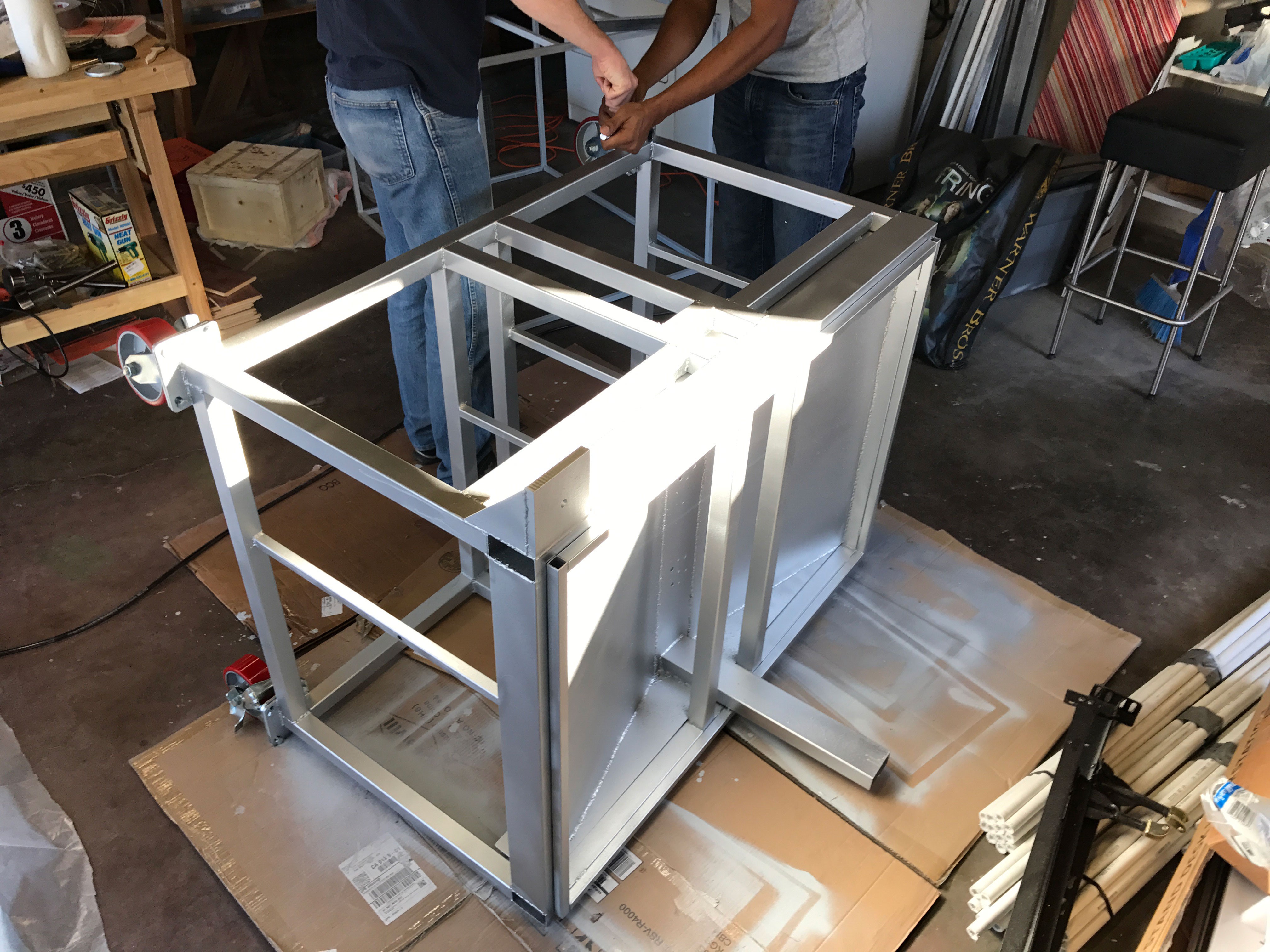
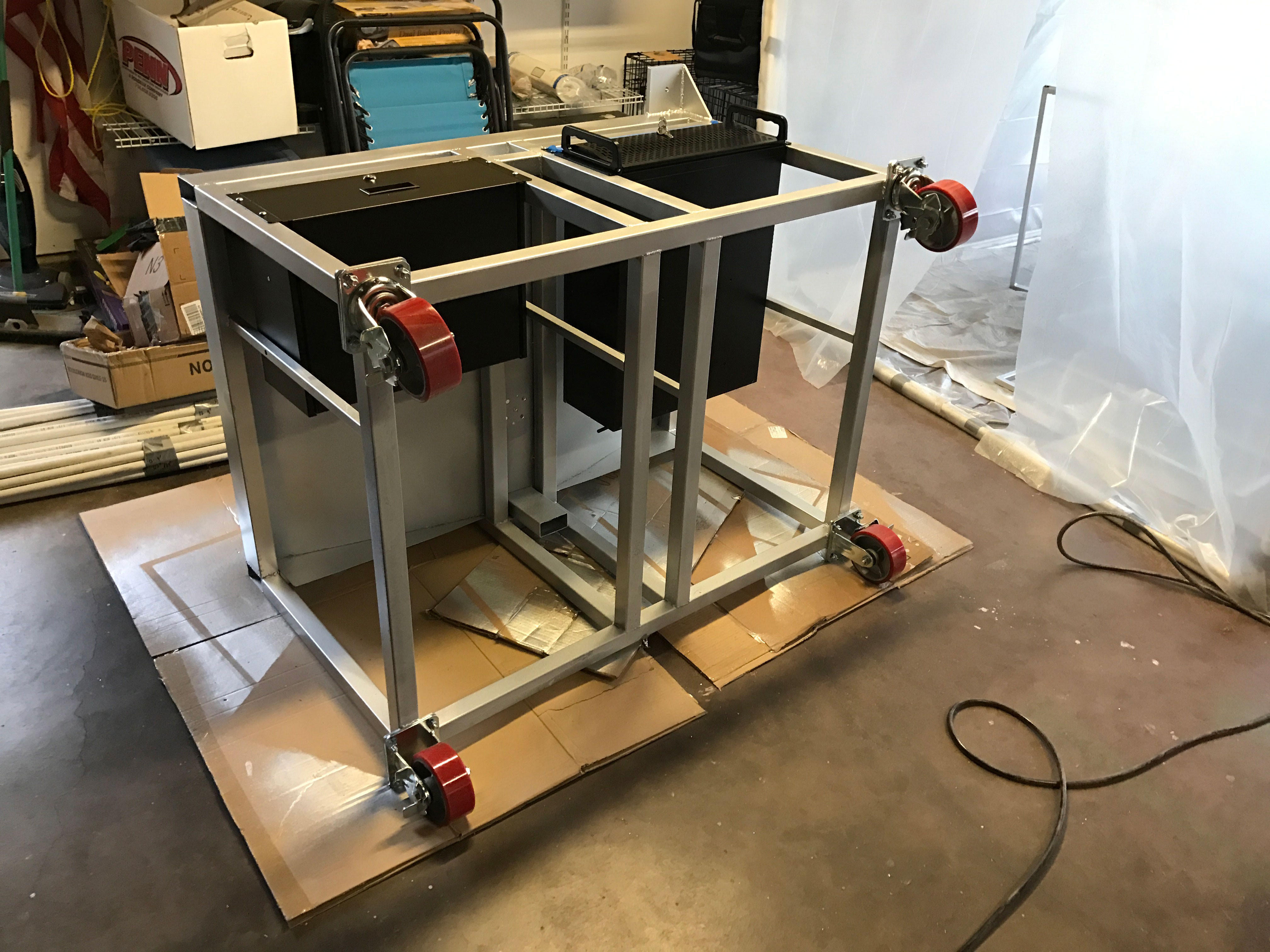
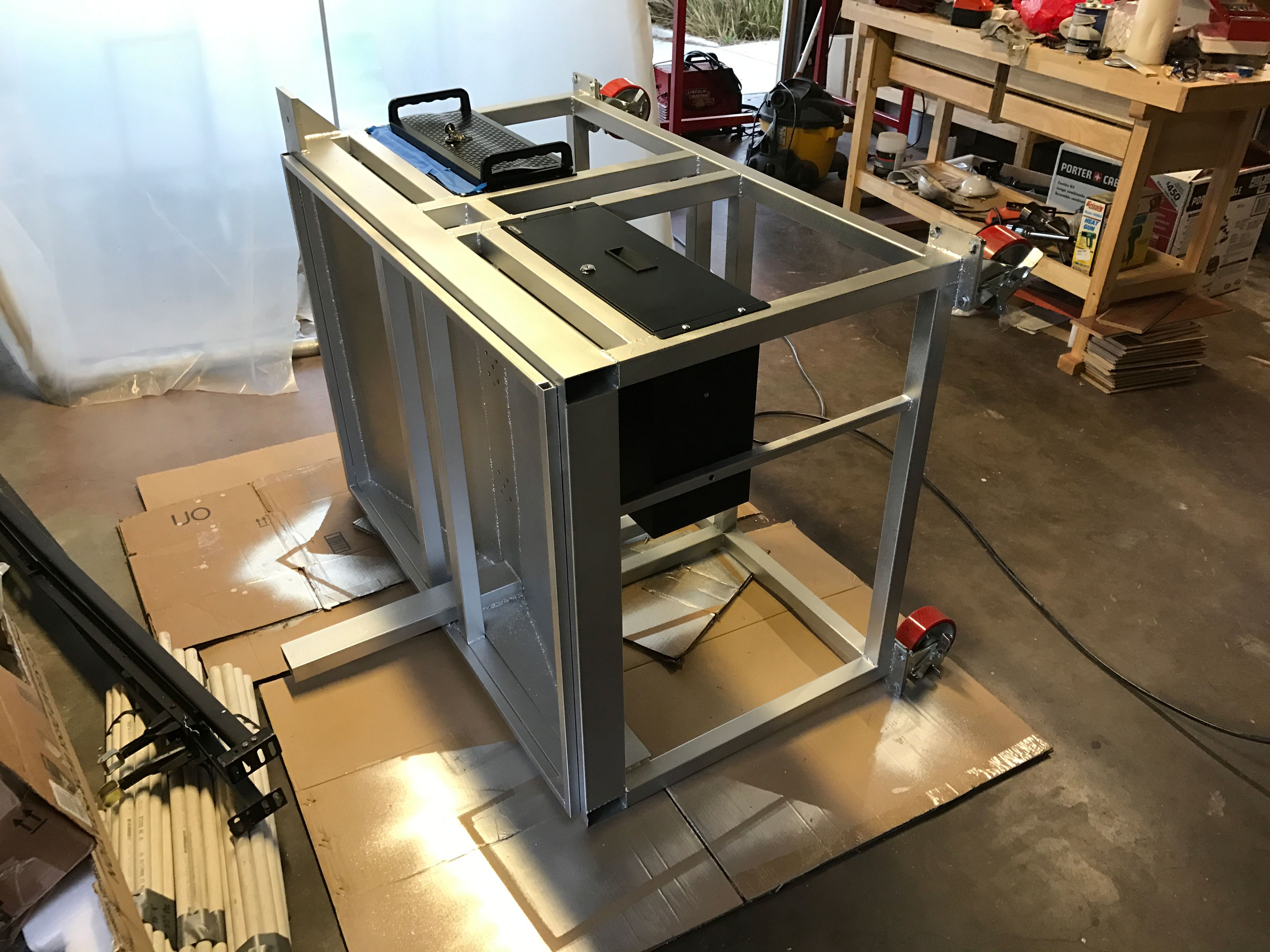
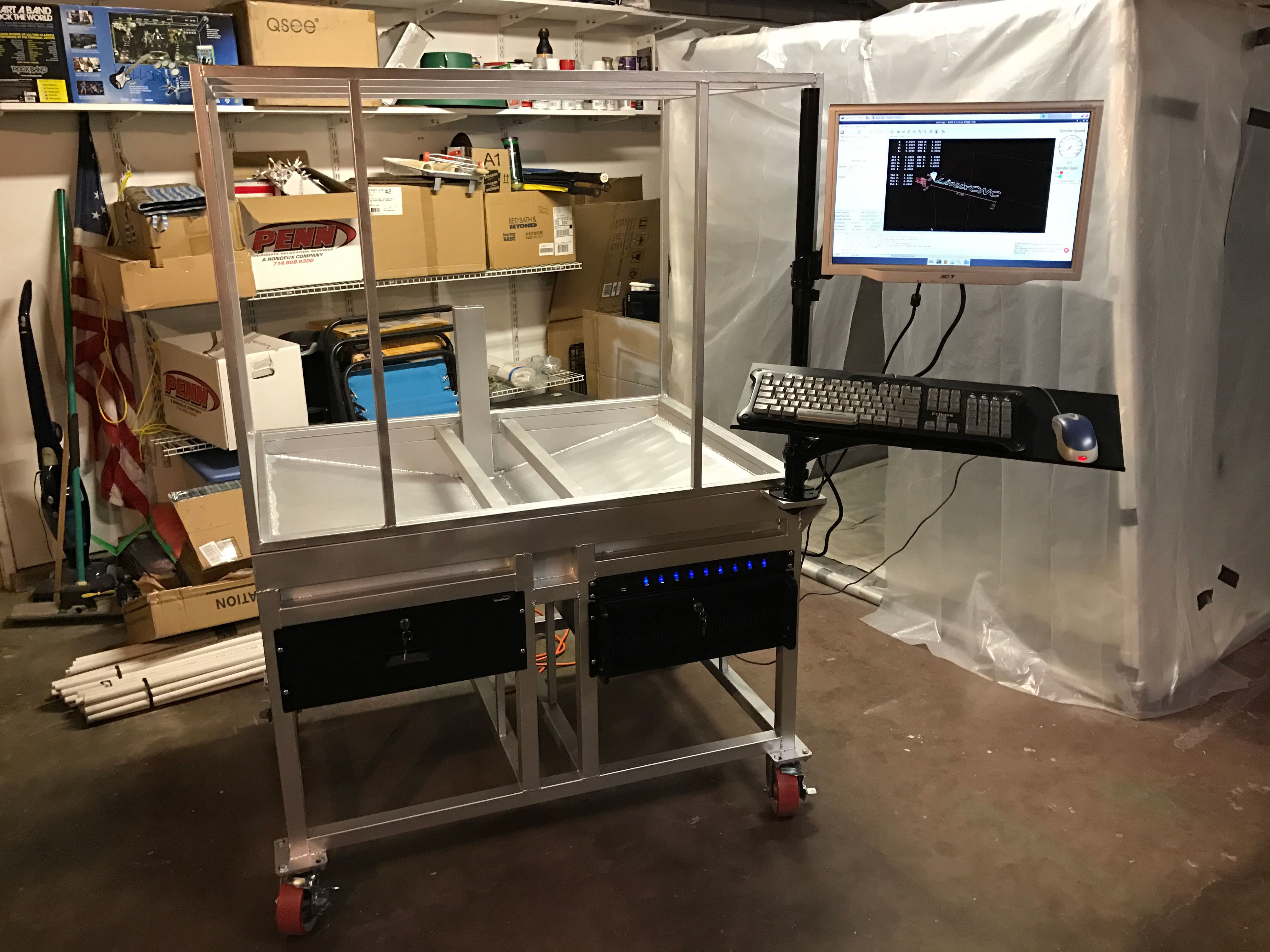
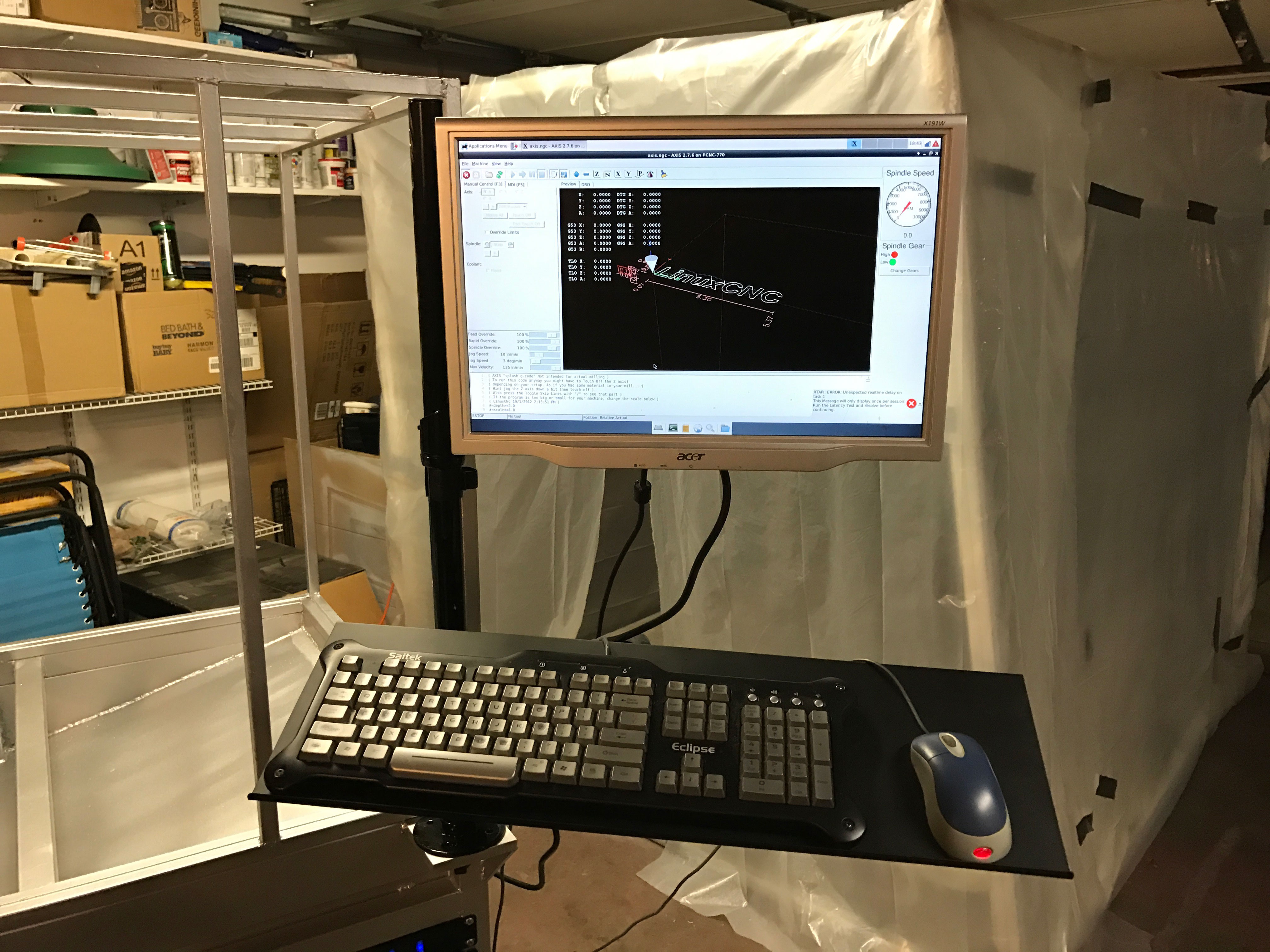

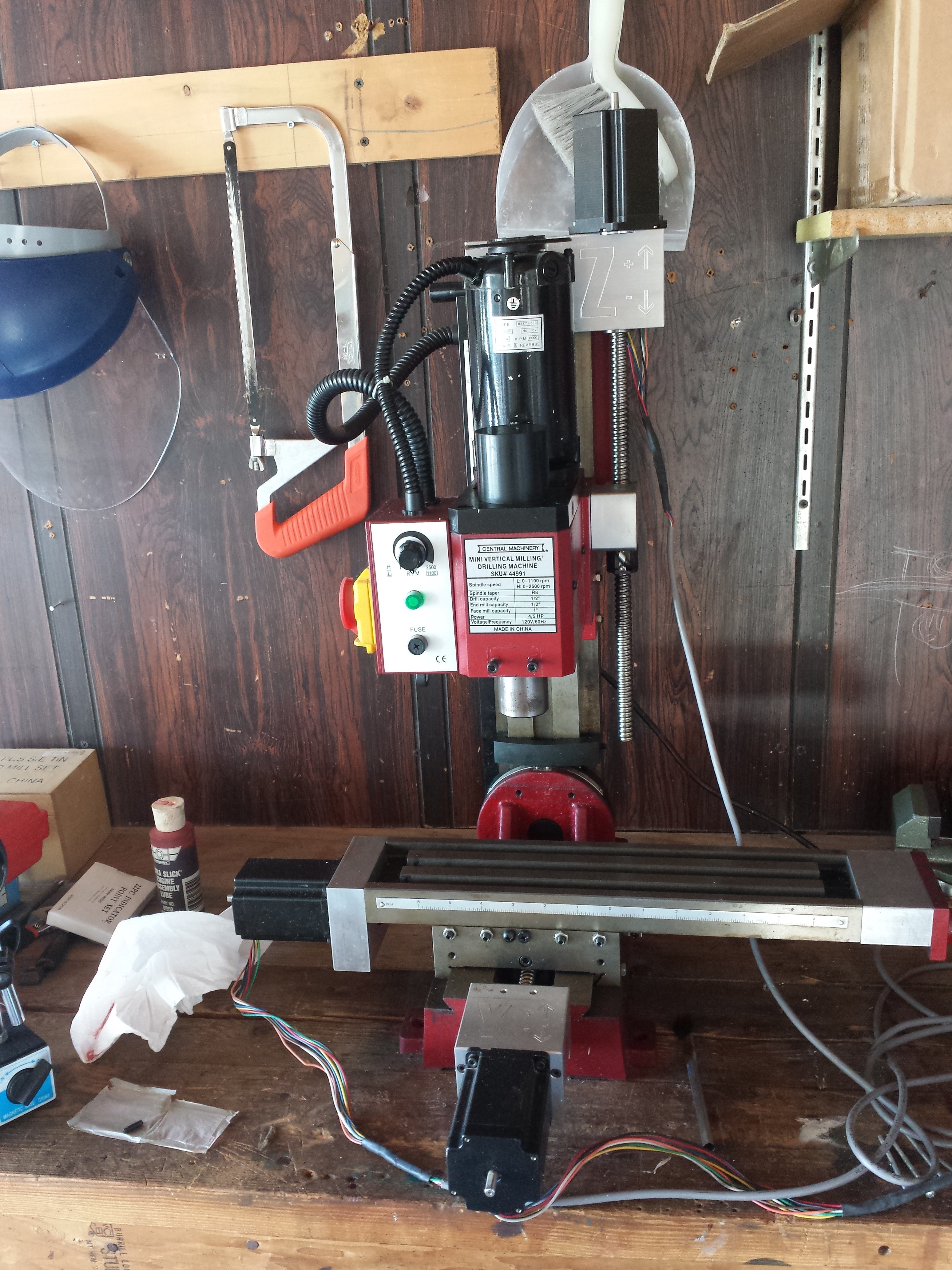
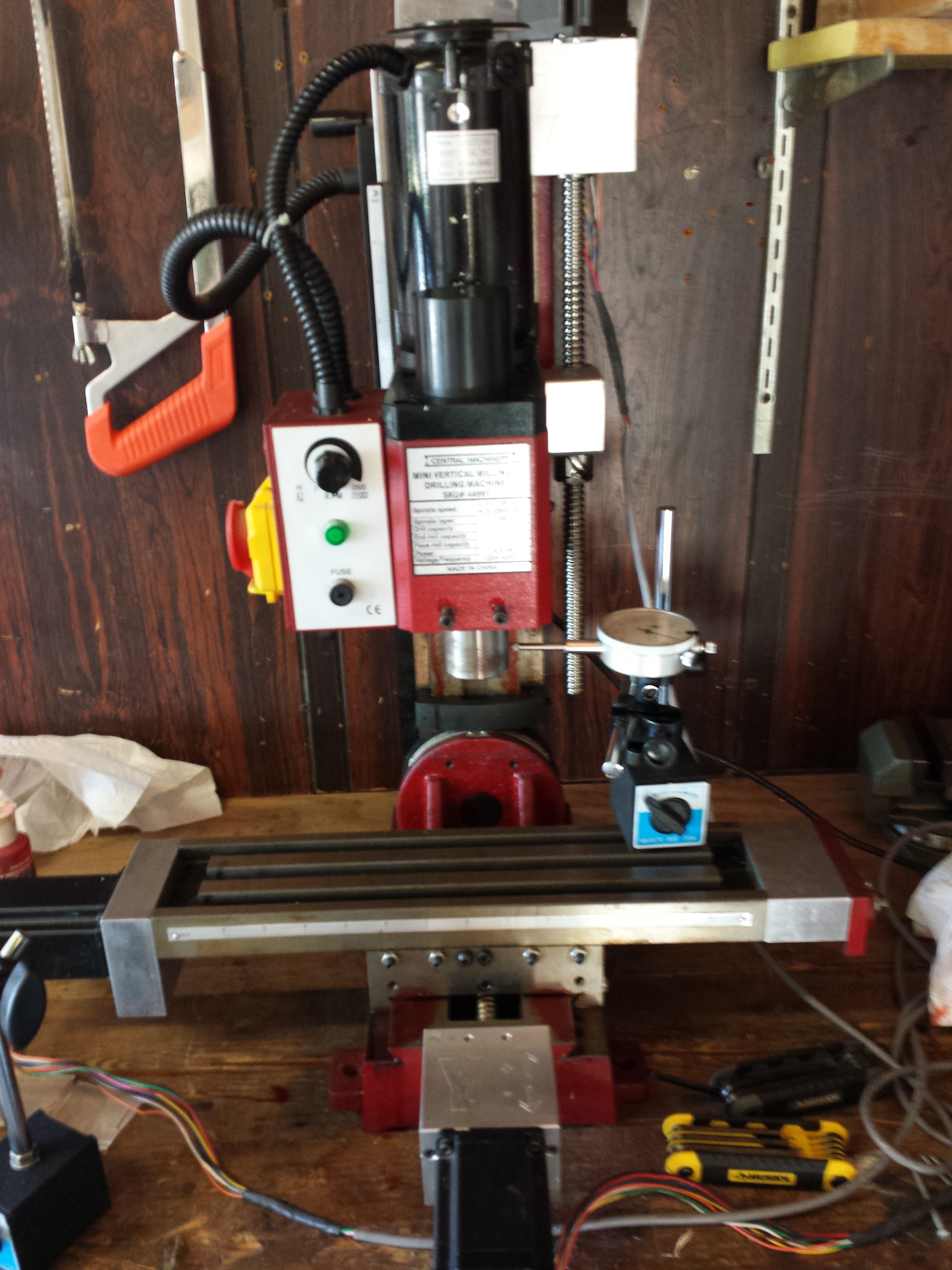

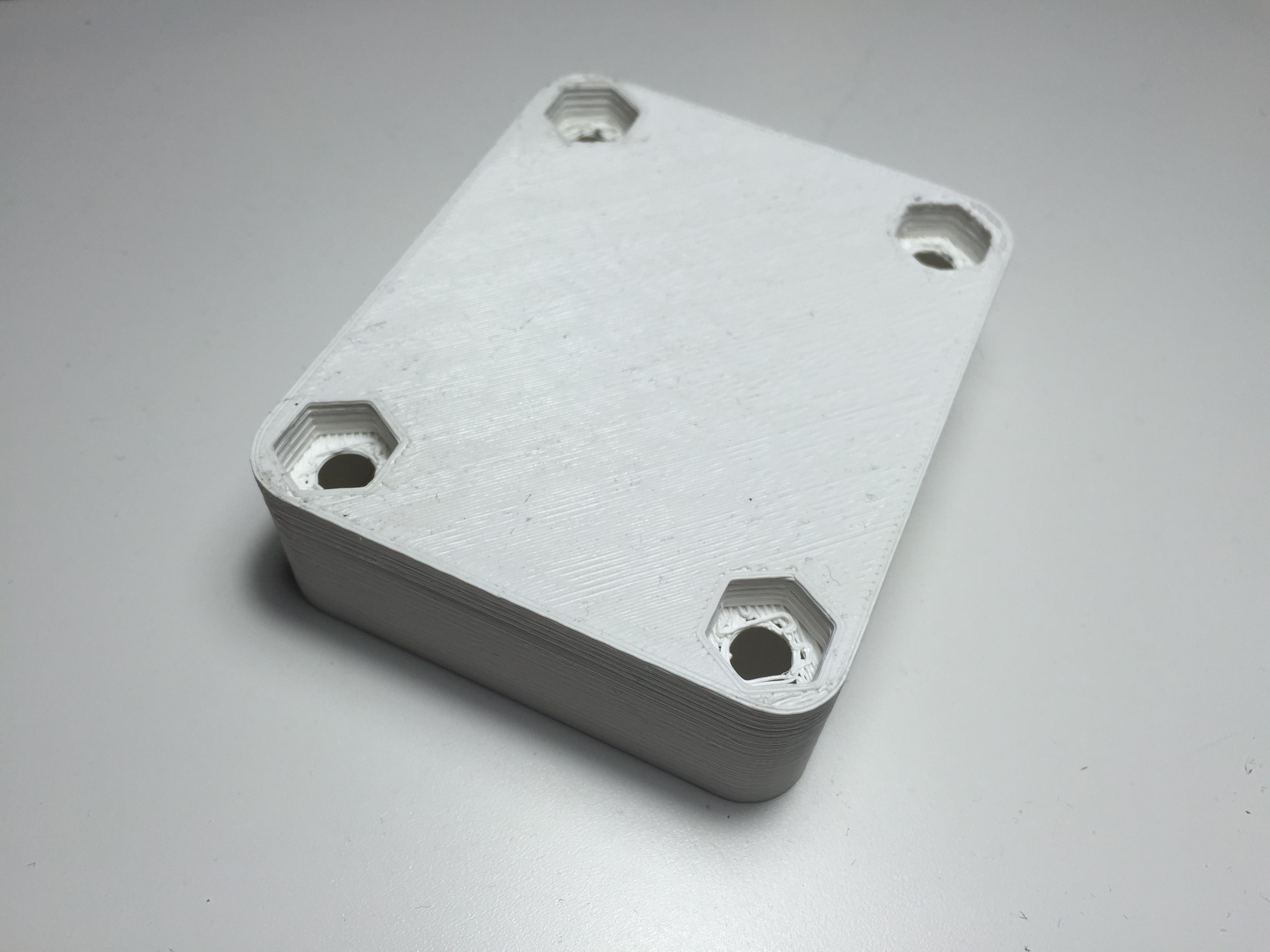
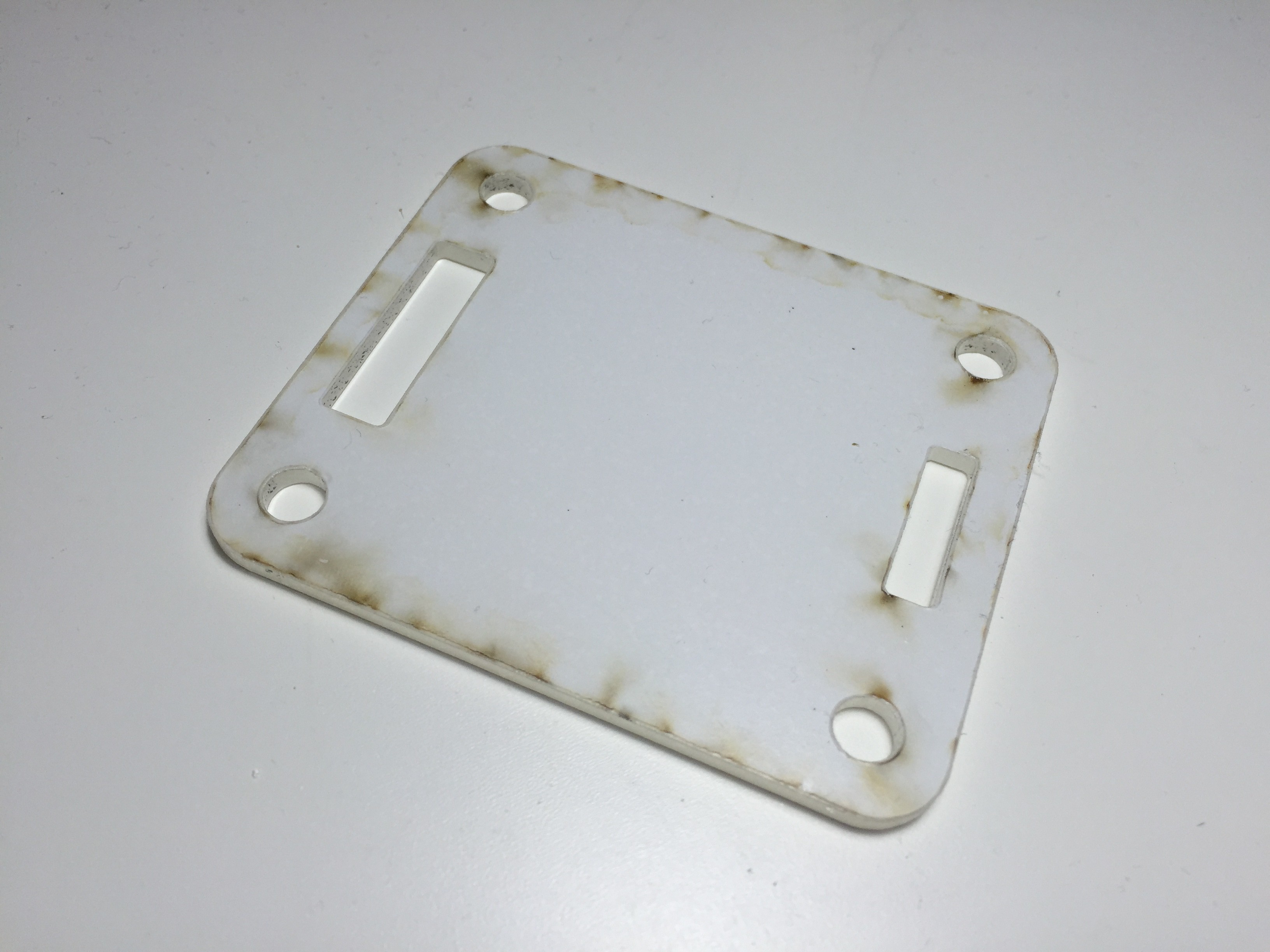

 The model has tolerances for my 3D printer incorporated into it, so it fits like a glove.
The model has tolerances for my 3D printer incorporated into it, so it fits like a glove. 
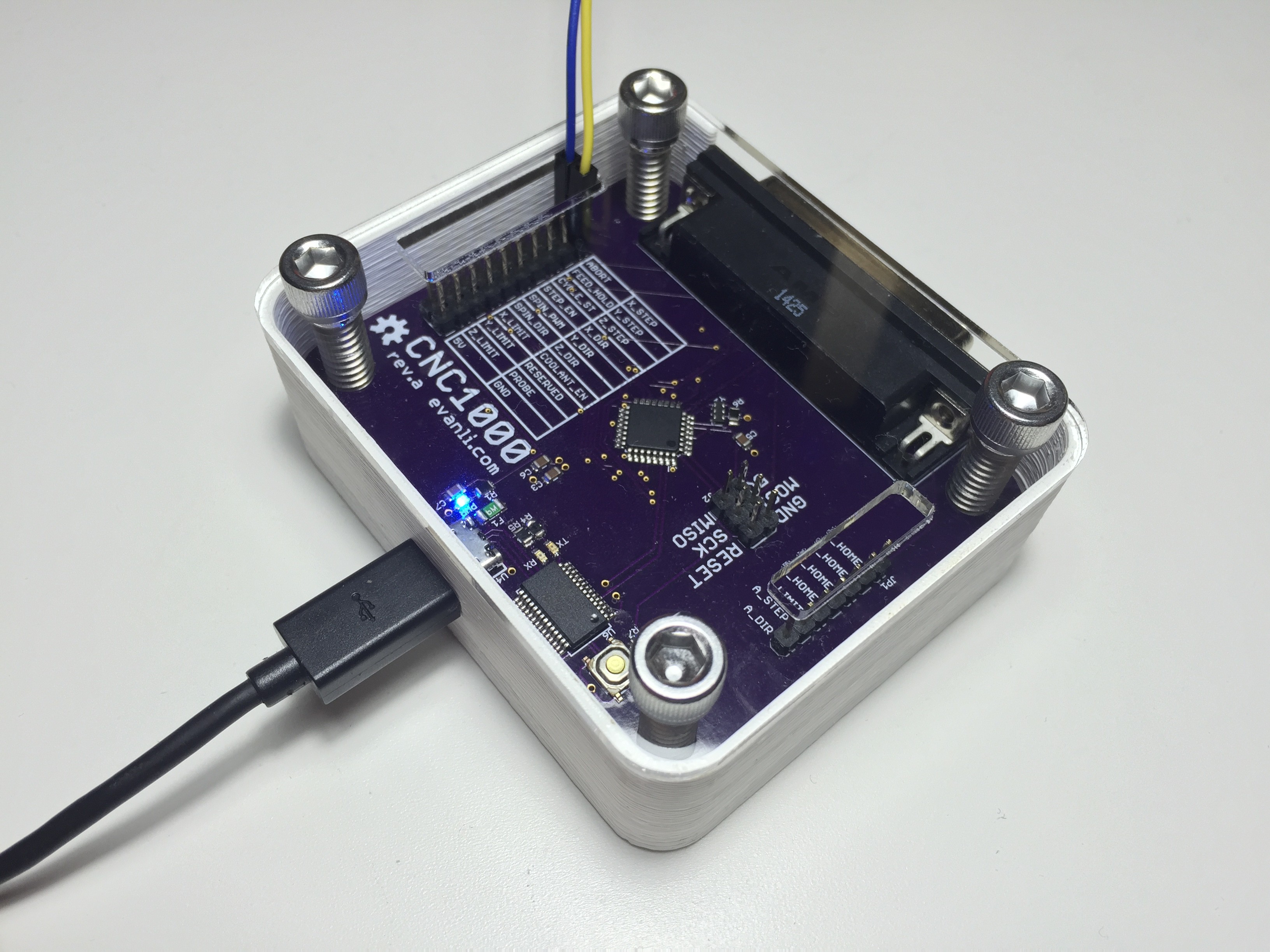
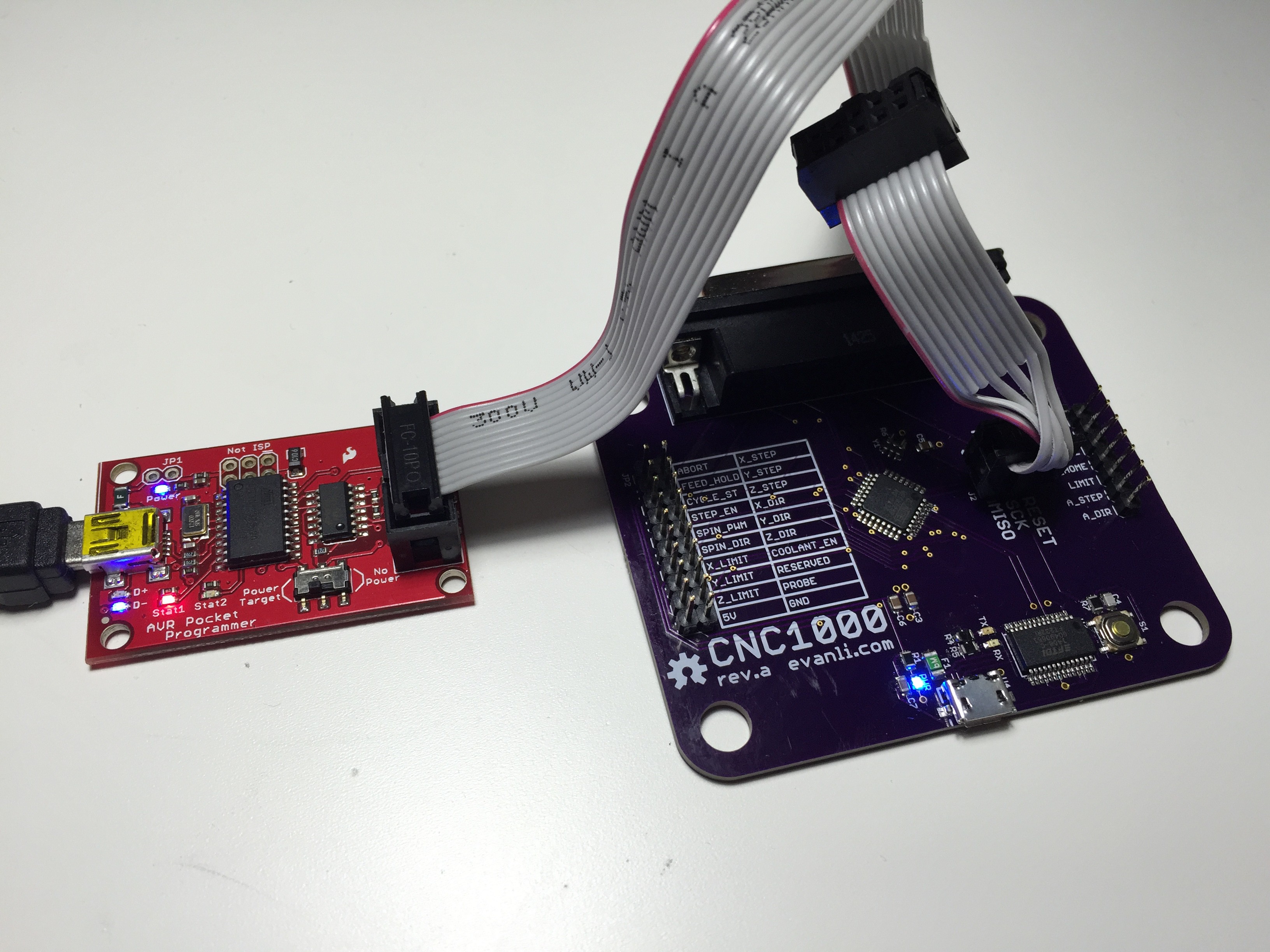
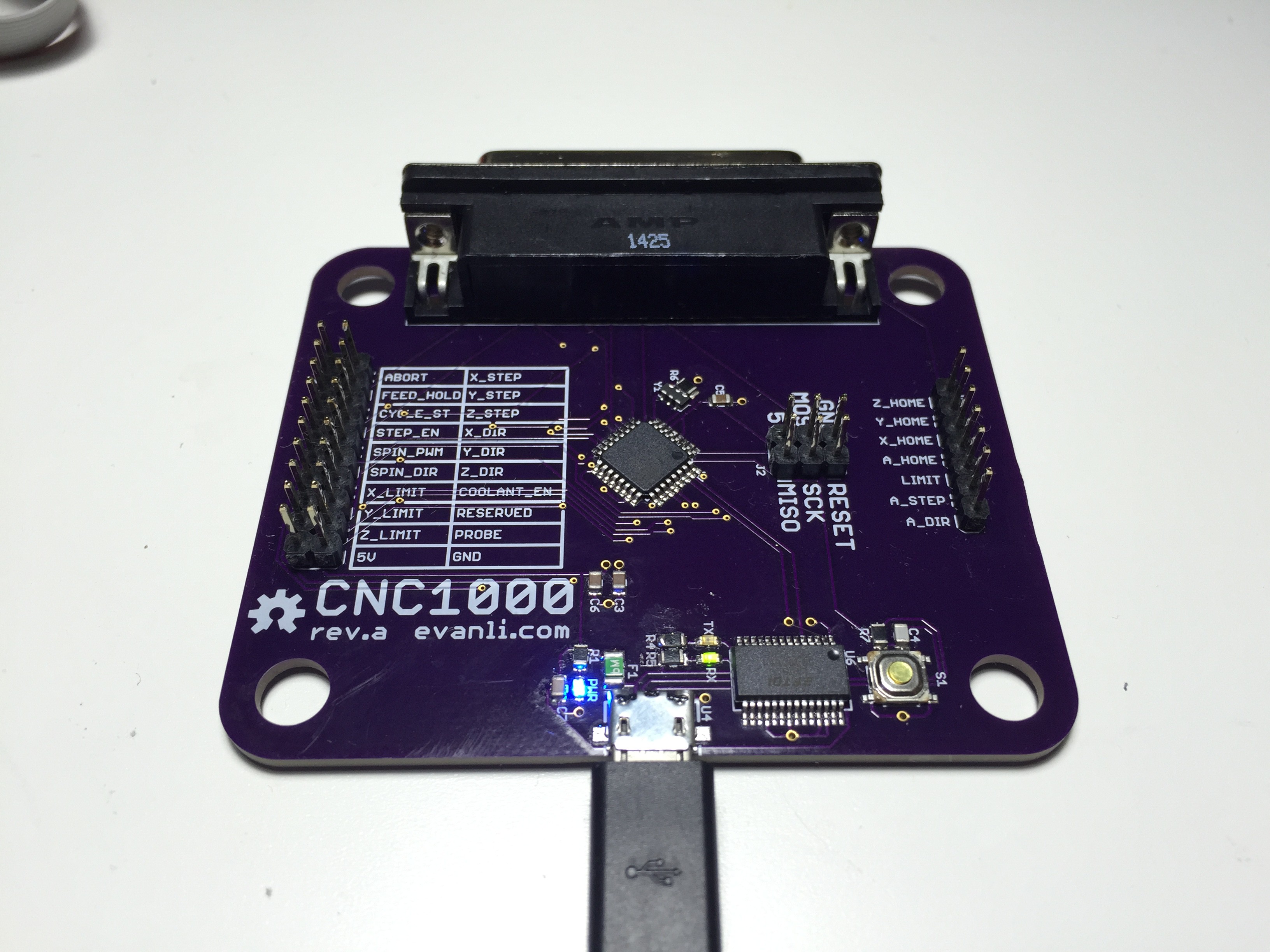
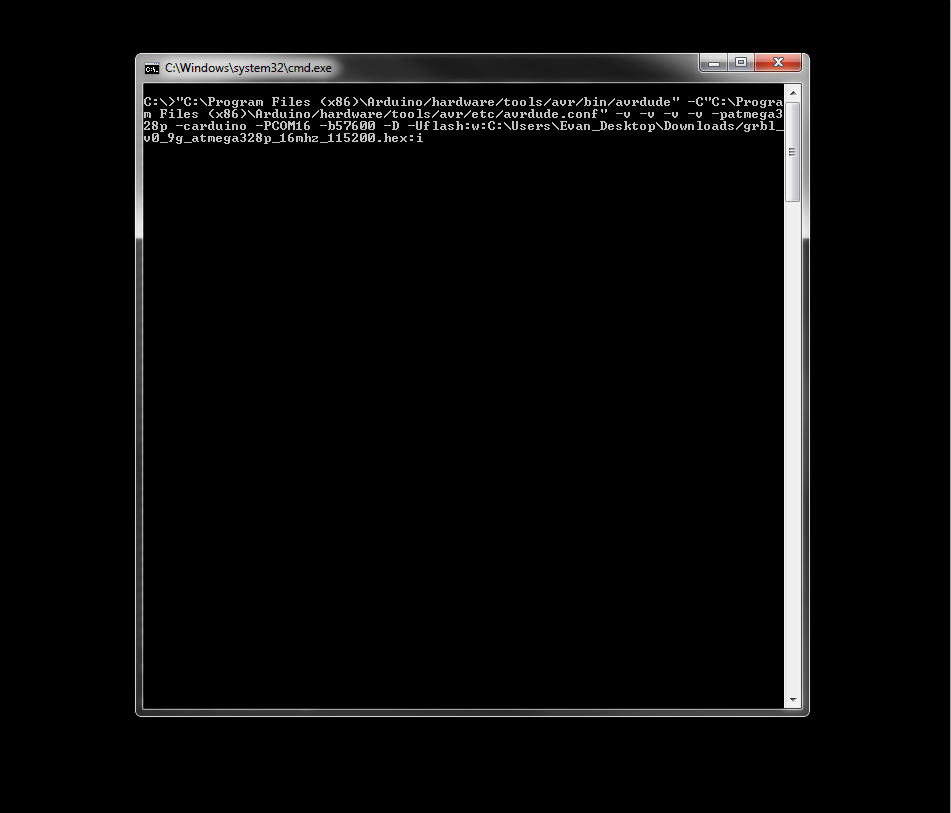

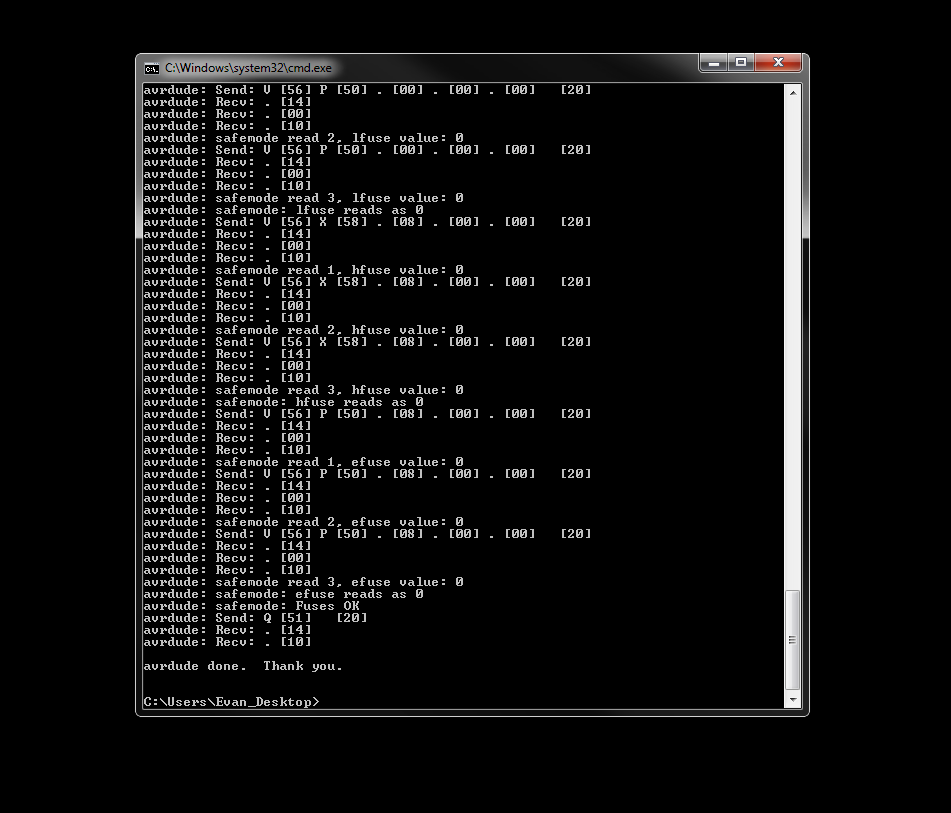

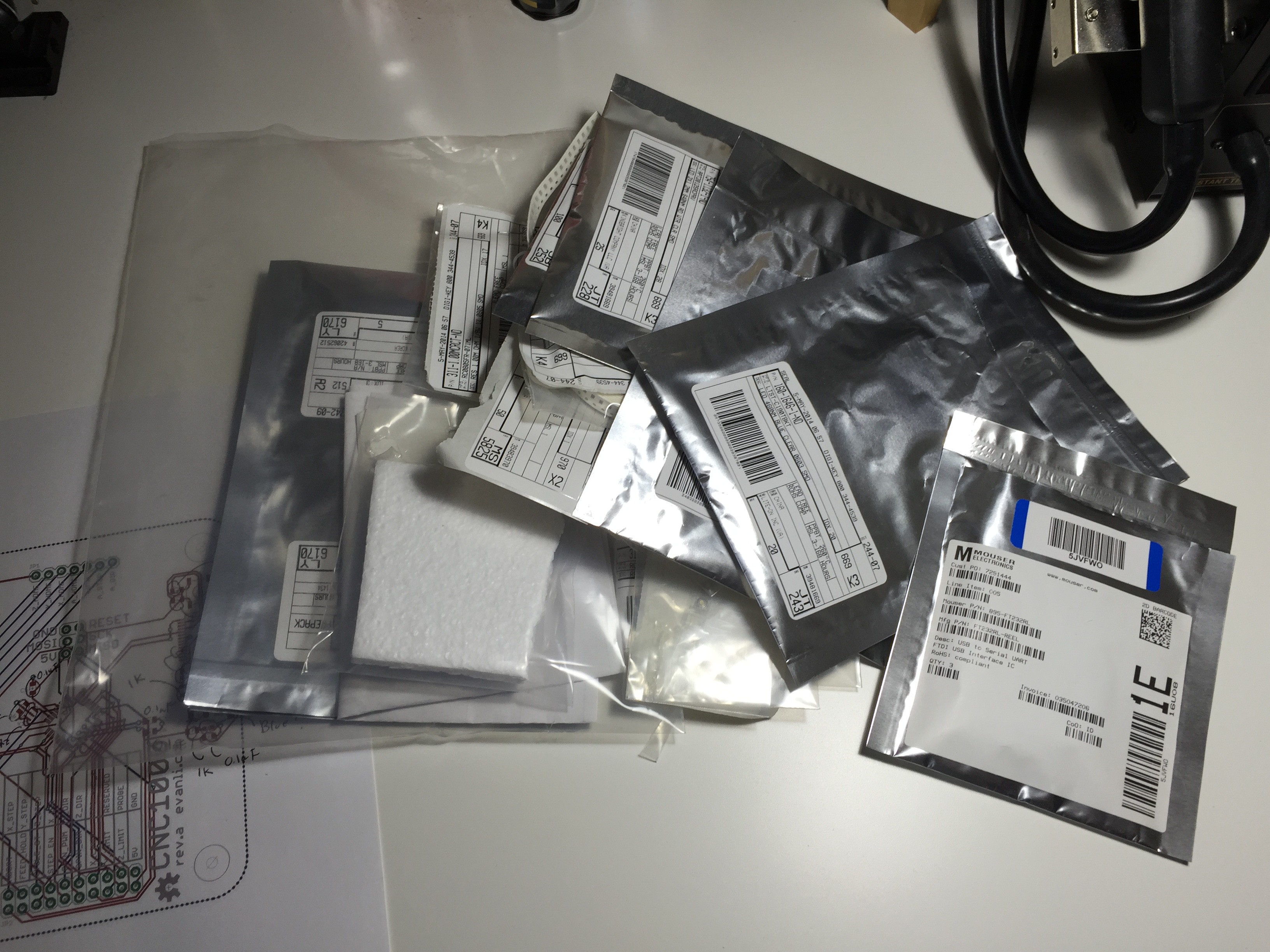
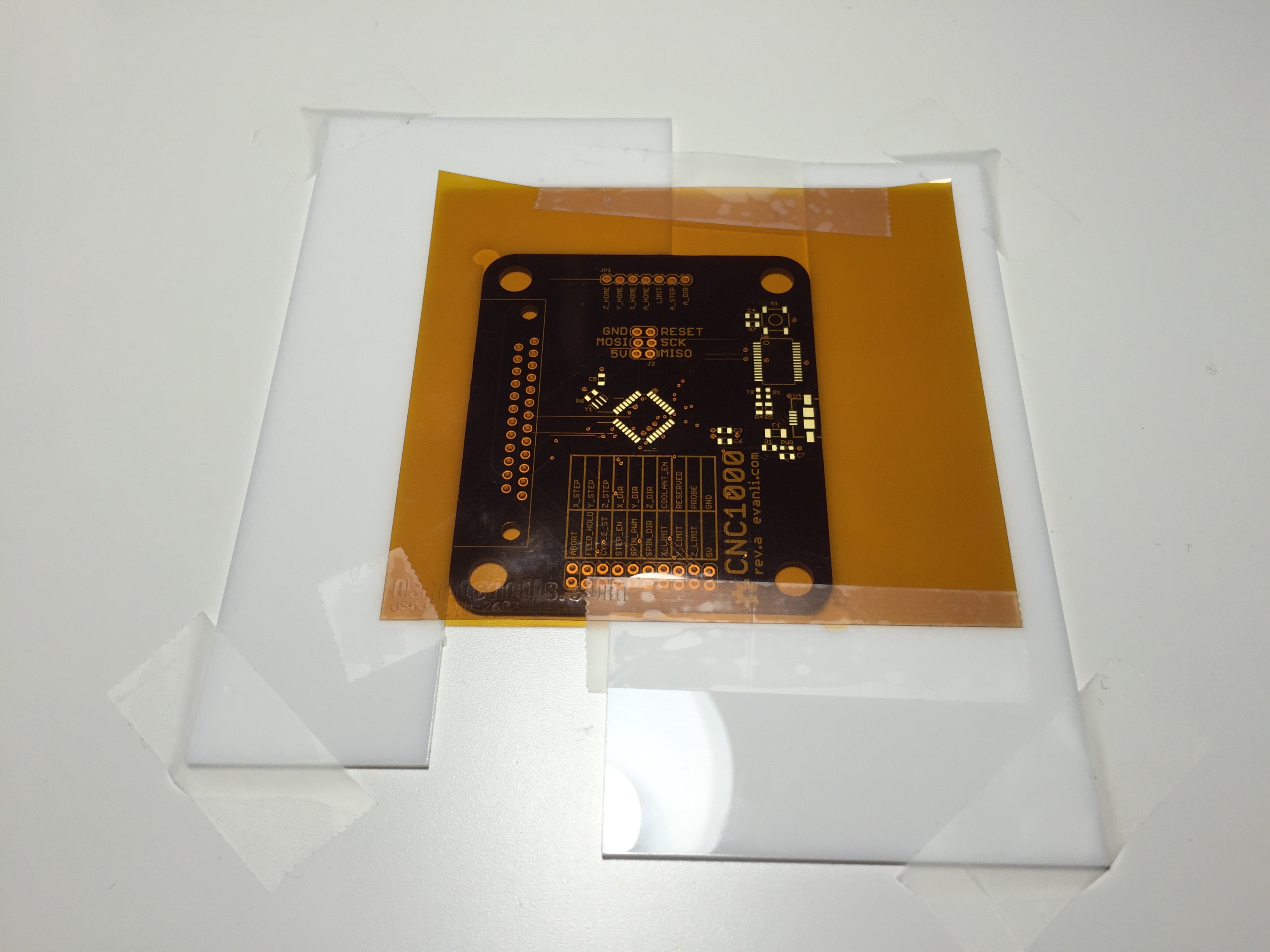 Putting on solder paste is always a delicate task. Basically I just taped the PCB in place with some acrylic L shapes. The stencil is aligned and secured in place with more tape.
Putting on solder paste is always a delicate task. Basically I just taped the PCB in place with some acrylic L shapes. The stencil is aligned and secured in place with more tape.  Dump some solder paste on and spread it with a convenient card from OSH Stencil.
Dump some solder paste on and spread it with a convenient card from OSH Stencil. 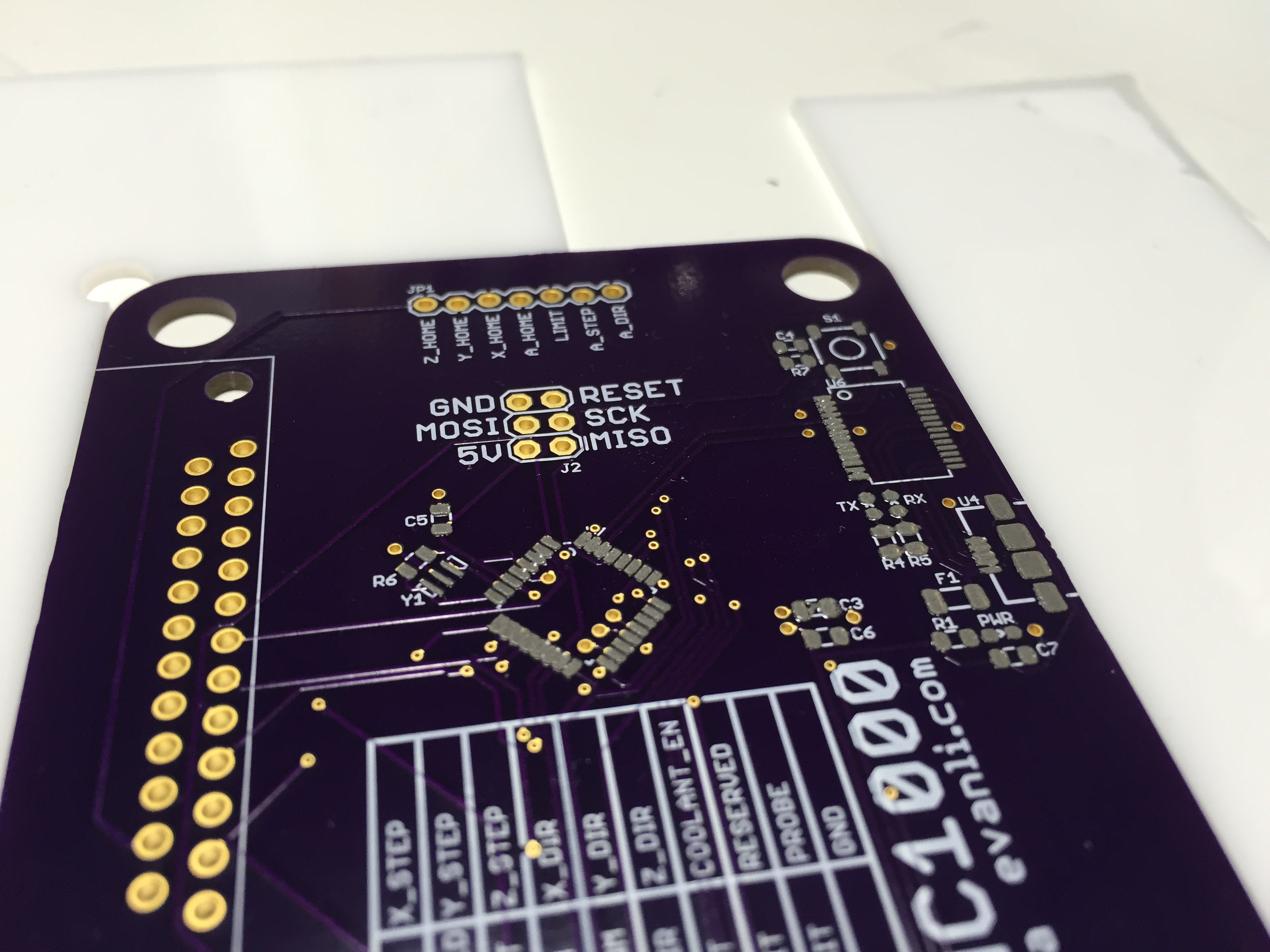






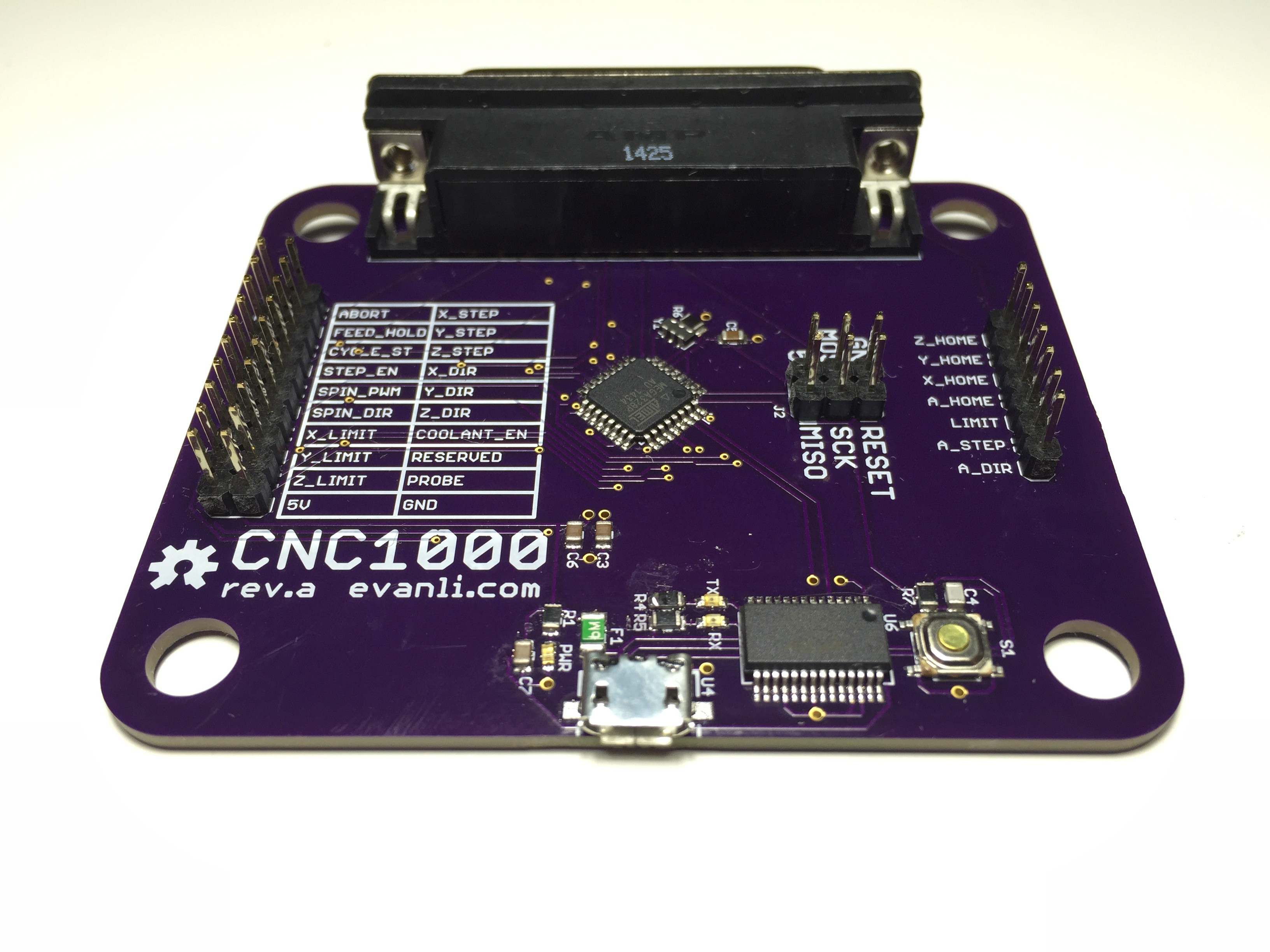


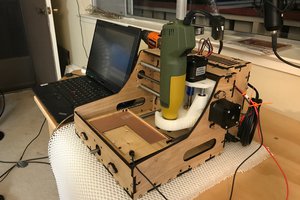
 Timo Birnschein
Timo Birnschein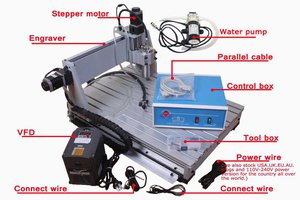
 dar.ryl
dar.ryl
 Thomas Bladykas
Thomas Bladykas
 J.C. Nelson
J.C. Nelson